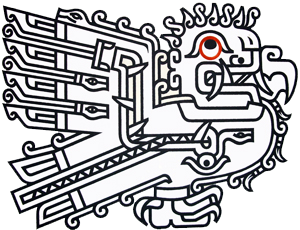Description
The bearer of the two-sided industry - essentially the pithecanthropus - is followed by the Neanderthal. If this one still produces two-sided devices, it is only in very small numbers and, compared to similar devices of its predecessors, greatly reduced in size. No Neanderthal skeleton has been found in the Sahara, nor any industry that could be attributed to him with any certainty. Nevertheless, there is a curious stock of implements, spread over the whole desert, which can be compared with the European Moustérien, and in addition there is a greater or lesser number of stemmed objects, noteworthy for the peculiarity of being made from off-cuts, the chipped surface of which is very rarely retouched. Only the stem is reworked on its entire surface. Although these "handle tools" often have a tip and the other implements show quite familiar forms, we still know nothing about the use of this Atérien, which owes its name to a well in the south of the province of Constantine in Algeria, in whose surroundings it has been discovered in abundance (IFAN Collection, Dakar, Senegal) – 1969
Description
The bearer of the two-sided industry - essentially the pithecanthropus - is followed by the Neanderthal. If this one still produces two-sided devices, it is only in very small numbers and, compared to similar devices of its predecessors, greatly reduced in size. No Neanderthal skeleton has been found in the Sahara, nor any industry that could be attributed to him with any certainty. Nevertheless, there is a curious stock of implements, spread over the whole desert, which can be compared with the European Moustérien, and in addition there is a greater or lesser number of stemmed objects, noteworthy for the peculiarity of being made from off-cuts, the chipped surface of which is very rarely retouched. Only the stem is reworked on its entire surface. Although these "handle tools" often have a tip and the other implements show quite familiar forms, we still know nothing about the use of this Atérien, which owes its name to a well in the south of the province of Constantine in Algeria, in whose surroundings it has been discovered in abundance (IFAN Collection, Dakar, Senegal) – 1969





